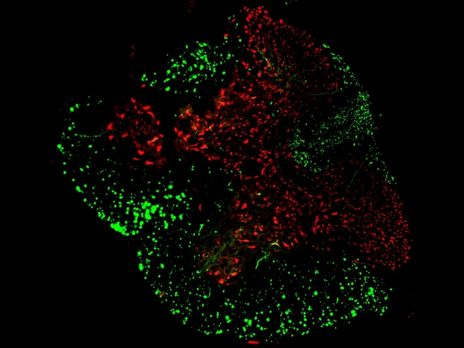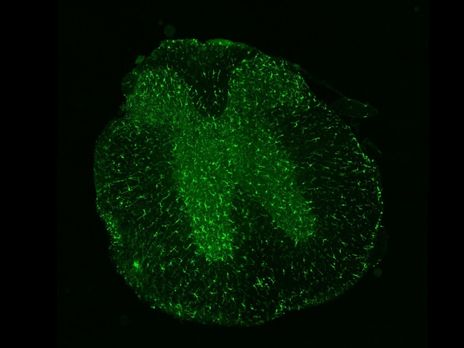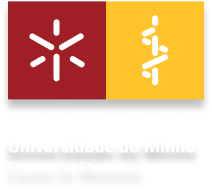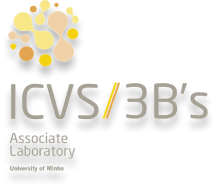Scientific Highlights
Best Poster Presentation Award – YES Meeting 2021
Ferreira-Lomba, S. Guerreiro, D. Cunha-Garcia, J. Pereira-Sousa, S. Duarte-Silva, A. Teixeira-Castro, M.S. Kleven, D. Vilasboas-Campos, A. Vidinha-Mira, A. Newman-Tancredi, P. Maciel. Befiradol treatment ameliorated the motor dysfunction of Spinocerebellar Ataxia Type 3 mouse model. Neuroscience Applied, Volume 1, Supplement 2, 2022, http://dx.doi.org/10.1016/j.nsa.2022.100835
de Sousa, Nídia; Correia-Silva, Ariana; Pinho, Andreia; Vidinha-Mira, André ; Cainé, Laura; Lima, Marta; Santos, Diogo; Cibrão, Jorge ; Campos, Jonas ; Cavaleiro, Helena; Pinho, Tiffany; Afonso, João; Sampaio-Marques, Belém; Monteiro, Susana ; Silva, Nuno; Barreiro-Iglesias, Antón; Salgado, António. Baclofen modulates the immune response after spinal cord injury with locomotor benefits. (submitted)












